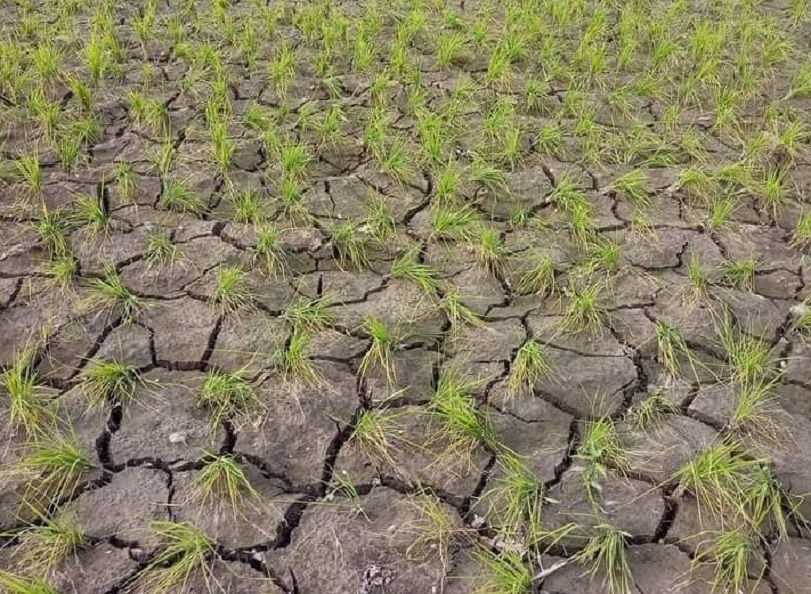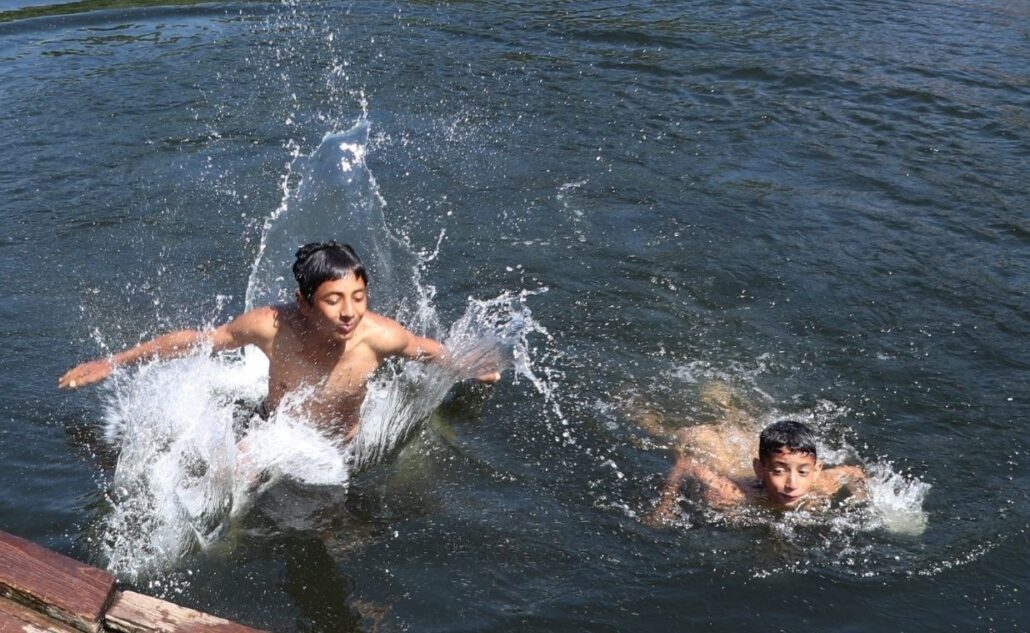Rice Is Running Out of Ground in a Warming Kashmir
By: Javid Amin | Srinagar | 05 July 2025
Rice Fields in Peril: A Crisis Rooted in Climate and Concrete
Kashmir, once a haven for lush green paddy fields and rhythmic water channels, is facing a quiet but existential crisis. The region’s rice production—a cornerstone of its diet, culture, and economy—is crumbling under the weight of climate change, urban sprawl, and irrigation collapse.
As one farmer in Pulwama put it: > “Our fields are thirsty, our skies are dry, and our children may never see the Kashmir we knew.”
What’s Happening on the Ground?
Rising Temperatures
The valley’s historically cool summers are now regularly touching 36–37°C, creating heat stress that is devastating for rice, which is a water-intensive crop requiring standing water and cooler growing conditions.
Melting Glaciers, Vanishing Streams
Kashmir’s rivers and canals depend on glacial meltwater, which is now peaking earlier in the season. With erratic rainfall and declining snowfall, irrigation is failing just when it is needed the most.
Urbanization Swallowing Farmland
Over 33,000 hectares of paddy fields have been lost in the past 12 years to construction. Srinagar, Budgam, and Anantnag have witnessed rapid conversion of farmland to residential and commercial spaces.
“There is no policy strong enough to stop this hunger for land,” laments an agricultural officer in Budgam.
The Human and Cultural Cost
Farmers Giving Up
Many are abandoning paddy farming due to low returns, water issues, and climate unpredictability. Maize and pulses, which require less water and offer stable yields, are becoming more attractive.
Loss of Traditional Practices
The age-old system of Thaejkaad (nursery transplantation) is disappearing, taking with it centuries of community farming, seasonal rituals, and local knowledge.
Food Insecurity Grows
Kashmir imports over 70% of its rice from outside. With local production falling, rice prices are rising, and the region is becoming more dependent and more vulnerable to supply chain shocks.
What Are the Proposed Solutions?
Direct Seeding of Rice (DSR)
- Involves sowing seeds directly instead of transplanting from nurseries
- Reduces water and labor needs by up to 30%
- Works better in areas facing water stress and labor shortages
Farmers in Baramulla and Kupwara have begun DSR trials, reporting mixed results depending on soil type and rainfall.
Climate-Resilient Varieties
Scientists at SKUAST-Kashmir are developing rice strains that are:
- Drought-tolerant
- Short-duration (mature in less time)
- Resistant to pests and diseases
However, adoption is still slow due to lack of awareness, seed availability, and support services.
Policy and Compensation
Agricultural economists suggest:
- Prohibiting paddy in severely water-scarce zones
- Incentivizing farmers to switch to climate-smart crops through direct compensation
- Land-use laws to restrict farmland conversion for non-agricultural purposes
A Matter of Identity: More Than Just a Crop
Rice is not just a staple food in Kashmir. It’s part of weddings, rituals, communal meals, and even vocabulary. Traditional meals like Wazwan, community rice planting songs, and harvesting festivals like Pann are anchored in rice culture.
Losing paddy fields means losing a cultural soul. As elders note, the younger generation may never connect to the soil in the same way.
Data Snapshot: By the Numbers
- 33,000+ hectares: Paddy land lost to urbanization since 2010
- 36–37°C: Peak summer temperatures in June 2024
- 70%+: Rice now imported into Kashmir
- 20%: Drop in rice yields over the past five years in central Kashmir
- 300+ farmers: Shifted to maize/pulses in Budgam district in 2023
The Ecological Chain Reaction
Water Table Depletion
Reduced rice planting affects the groundwater recharge cycle as paddies act like seasonal wetlands.
Soil Health Decline
Continuous switching to maize without rotation is leading to soil nutrient loss and increased fertilizer dependency.
Biodiversity Loss
Frogs, fish, and birds that thrive in rice ecosystems are vanishing. Wetland rice systems support rich biodiversity that is now under threat.
Community Voices
Haleema Bano, 60, farmer from Anantnag:
“When I was young, the fields were alive with music and water. Now it’s silent. Dry.”
Bilal Ahmad, agri-scientist at SKUAST:
“We are in a climate emergency. Technology alone won’t help unless we change land-use policies and attitudes.”
Shakir Mir, 28, farmer from Budgam:
“I switched to maize. It’s not what I want, but it’s what I need to survive.”
Recommendations and Roadmap
- DSR Training and Support: Establish farmer training centers and demo farms
- Climate Insurance: Provide weather-based crop insurance in pilot areas
- Urban Growth Limits: Reinforce zoning laws to protect remaining agricultural land
- Farmer Incentives: Direct cash support for water-efficient practices
- Cultural Heritage Projects: Document and promote rice-linked traditions
- Real-Time Irrigation Alerts: Deploy IoT-based water monitoring in key regions
Bottom-Line: A Region on the Edge
Kashmir’s rice crisis is not just a headline—it’s a deepening rupture in its landscape, economy, and heritage. If rising temperatures and misguided land use continue unchecked, the Valley may lose not only its rice but also a part of its soul.
It’s time to act, or we risk eating imported rice while standing on buried paddy fields.



